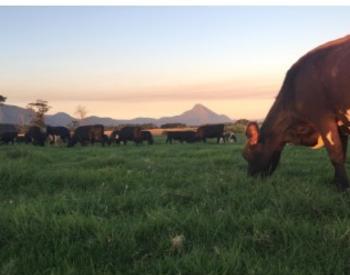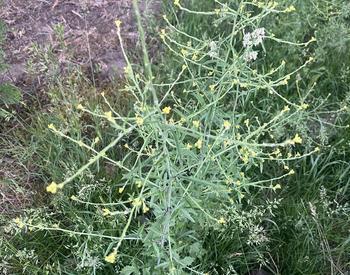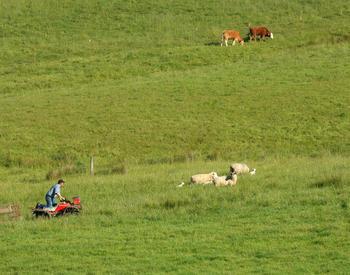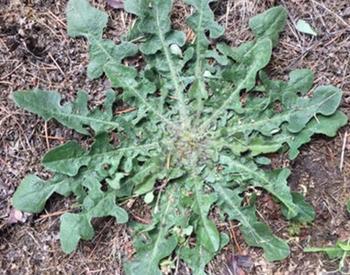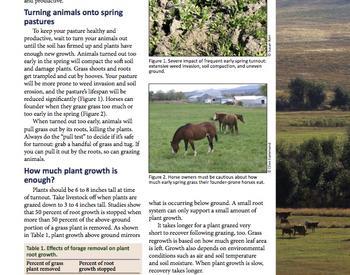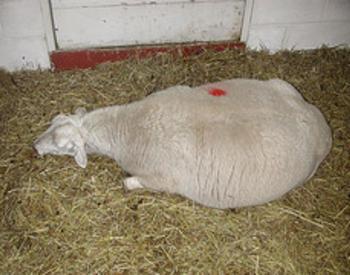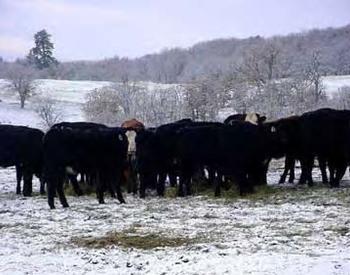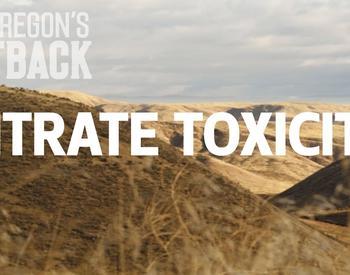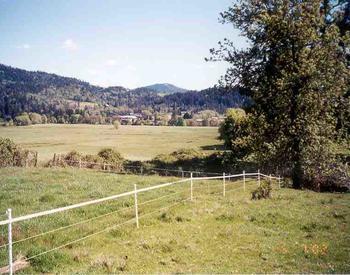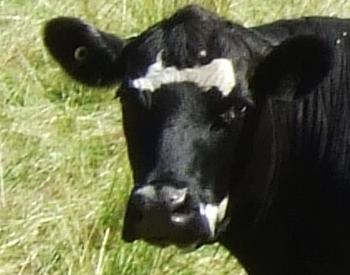I have a small dairy goat farm, and at the moment have 5 adult does plus 2 donkeys.
This year we have had just enough precipitation to start the grass growing again but the ground is still firm. However, I'm sure my critters (especially the donkeys) are targeting the new grass and suspect that they will munch it down to near the soil surface. Will this grass recover over the winter once I take them off the field, or are they damaging my next year's hay crop?
You can graze existing forage in pastures any time of the year if you leave a good stubble height: 2 inches for ryegrass, 3 inches for fescue, and 4 inches for orchardgrass.
If you don't know the type of grass you have, leave a good 3-inch stubble height. This is especially important for fall grazing. This helps protect existing roots and growing points on the grass, helps grow new roots and prepares the grass for good regrowth in the spring. Control grazing with a temporary electric fence, if needed.
Brand new grass needs to have roots strong enough to hold the plant in the ground. Do a "pull" test on the new grass. Tug and rip the grass as if you were grazing it. If the grass tears and the roots stay in the ground, the grass is okay to graze. If the grass is pulled completely out of the ground along with the roots, it is not strong enough to graze.
Either way, you need to protect the grass by leaving a proper stubble height at all times.


